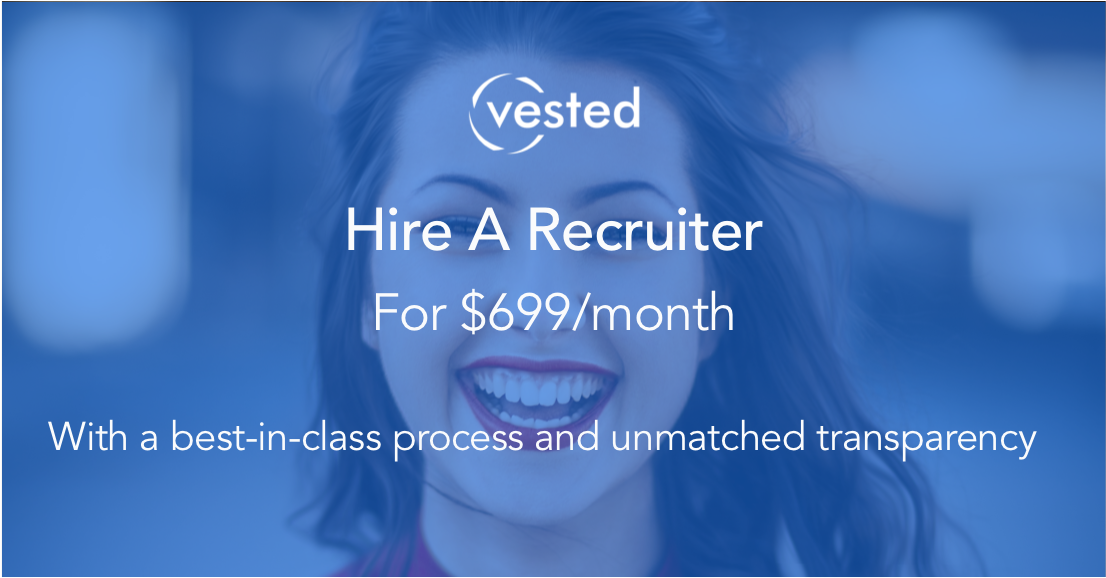Breaking down Time To Fill
How can you measure the efficiency of recruiters? Well, it is the time to fill or time to hire that demonstrates how efficient the recruiter is. The long time opening of the job posting indicates the in productivity of the recruiting team. It indicates that the services are disrupted and the current employees are taking the burden of that extra job.
That is why; the accurate measurement of time to fill becomes necessary. The fellow managers should be able to provide realistic time frames in order to fill the vacant positions.
Moreover, the metric time to fill provides an insight into their own strategies, resource allocation and planning of budget. Longer time taken to fill the positions will result in higher cost per hiring.
How to calculate time to fill?
It is a simple calculation that helps in measuring the definite time period. It represents the time taken by the company to fill a position. However, the starting point or the reference point can be any of these three.
- When the hiring manager submits the job opening for approval.
- The job is approved by the HR or Finance.
- The job posting is advertised by the recruiter.
The end of the time is marked by the moment when the candidate accepts the job offer. The starting point can be any as per your company policy but the ultimately target remains to fill the positions and teams consistently.
How to calculate average time to fill?
The average time to fill can be calculated with a simple formula. Adding all the time taken to fill the different positions and dividing it by the number of roles gives you the average time to fill. For example, if you hired for total four roles and it took 10, 20, 30 and 40 days respectively, then the average time to fill is
10 + 20 + 30 + 40 / 4 = 25
The positions that remain open for most of the times cannot be included in the calculation of time to fill or average time to fill. The opened positions will greatly inflate the average time to fill affecting the efficiency of your hiring process.
What is the ideal time to fill?
According to the Society of Human Resource and Management (SHRM), the average benchmark for time to fill is 42 days. It accounts to be 59 in the Engineering industry.
Different companies can have different time to fill irrespective of the efficiency of their recruitment process. You need to calculate it internally for the sake of your company.
How to reduce the time to fill?
These efficient recruitment strategies can effectively reduce your time to fill.
Take a look at the ideas:
Build a candidate database: It does not make sense to start looking for candidates from scratch every time you find an opening. Refer your ATS that may have a list of candidates who have made it to the final stages of hiring. Also, you may have data of the candidates who by chance, applied after the position was filled. This candidate database can be really helpful at the times of need.
Source actively: Passive candidates can help you build a great pipeline. Try to lay a strong foundation and build relationship with them. It will help you at the time of the job opening and you would be able to contact them directly.
Scrutinize your time to fill: Time to fill does not compromise of a single term; instead it is build from different layers. Time to interview, time to send application, phone screening and a few other processes. Analyze how long each stage takes and how can you improve it by decreasing the time taken.
Create an effective referral program: Keep sending the reminders of your job openings to your colleagues and offer your current employees with referral incentives. An email with the job descriptions and employee recommendations can be a great way to remind. The process will help to reduce your efforts on job advertising and resume the process of screening.
Use on-demand recruiting: At Vested, we understand how difficult it is to find the right candidates. This is why we started our company – to take away the stress from candidate sourcing so your HR team can focus on talent retention and other HR internal functions.
You can hire a traditional recruiter and pay as much as twenty percent of the first year salary for every hire. Or you can try Vested’s on demand subscription for only $999 a month.
The talent acquisition leaders need to well-versed with all the techniques to enhance their overall performance and speed up the process.
(photo from pexels.com)







